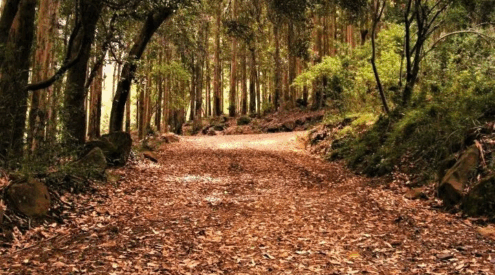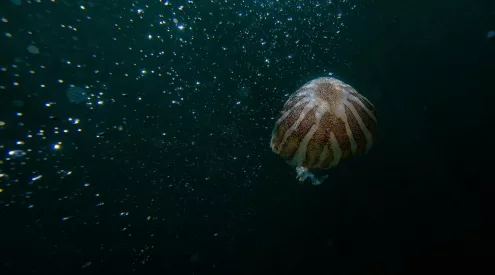Residents in Franschhoek on the L’Ormarins wine estate were surprised by an unexpected late night visitor. Footage shows what seems to be a Cape leopard outside the hydro, calmly walking about.
Turn on the sound to hear its unique guttural vocalisations.
L’Ormarins, Franschhoek: Visitor at Hidro last night 💙 pic.twitter.com/PMMNWc8y6r
— Cutmaker (@cutmaker) April 6, 2020
Twitter users replied saying it must wonder where all the humans are.
‘When things go quiet and people stop moving, the animals quickly take over,’ one user commented.
A few weeks ago, a video was shared of female leopard in Walker Bay Fynbos Conservancy. Watch the video of the cat marking her territory here, which is part of material accumulated over a number of years.
‘Leopards are territorial and solitary and do not encounter other leopards very often – especially in the Cape mountains where density is very low,’ the Cape Leopard Trust said on their Facebook page. ‘They therefore rely heavily on chemical communication to convey messages about their presence, strength and reproductive state. The volatile chemical compounds in urine, scat and glands can persist for weeks and will thus remain present at a marking site long after the marking animal had left.’
Their home ranges are far more extensive than those of savanna leopards. While male leopards in the Kruger National Park have a home range of 25 to 50km², the range of a male Cape leopard is between 200 and 1,000km², according to Africa Geographic.
In January, another Cape leopard was sighted in Betty’s Bay at the Harold Porter National Botanical Gardens, according to News24.
To learn more about these shy creatures, visit the Cape Leopard Trust. To get involved or make a donation towards research and conservation, click here.
Image: Video screenshot















